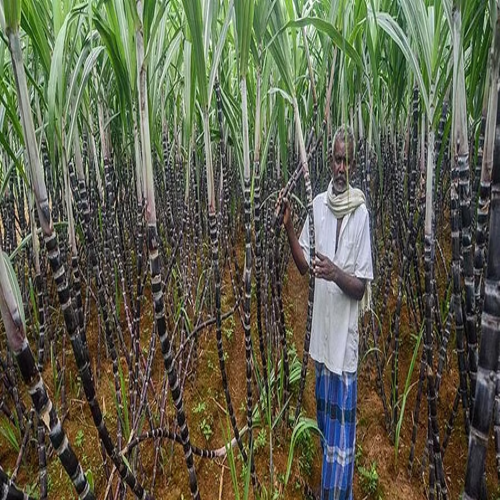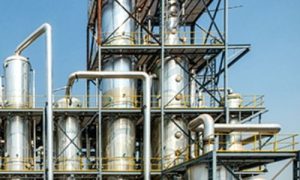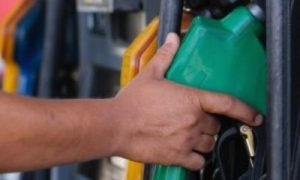No impact on ethanol blending: Government

NEW DELHI: The government’s decision to ban use of sugarcane juice for making ethanol will not impact the country’s 20% ethanol blending target, said petroleum ministry on Friday. The ministry said the government is committed to the ethanol blending programme and plans to achieve 15% blending in 2023, and 20% by 2025-26. On Thursday, it asked sugar mills not to use sugarcane juice for making ethanol this year.
Pankaj Jain, secretary, Ministry of Petroleum and Natural Gas (MoPNG), in an interaction with a news channel said the government was committed to the ethanol blending programme and plans to achieve 15% blending in petrol in 2023-24. He also added that 20% ethanol blending would be achieved by FY25-26.
India, which imports 85% petroleum products, aims to cut down its imports by blending ethanol in petrol. Its initial target of 10% ethanol blending was achieved in mid 2022, much ahead of the targeted timelines of November 2022. The country aims to achieve 20% blending by 2025, ahead of its previous target of 2030. Currently, around 1,900 pumps sell E20 petrol (petrol blended with 20% ethanol) across the country. With this blending, the government claims to save Rs.41,500 crores forex reserve.
It is believed that the decision to curb the use of sugarcane for ethanol production comes as domestic prices of sugar have remained elevated, up about 5% in December this year compared with last year. Sugarcane and its by-products like B molasses are the major source of ethanol production in India. Other sources for producing ethanol are corn, rice, and barley.
India is the world’s second-largest sugar producer and a major exporter, and it has been using more and more sugarcane crops to make ethanol.















